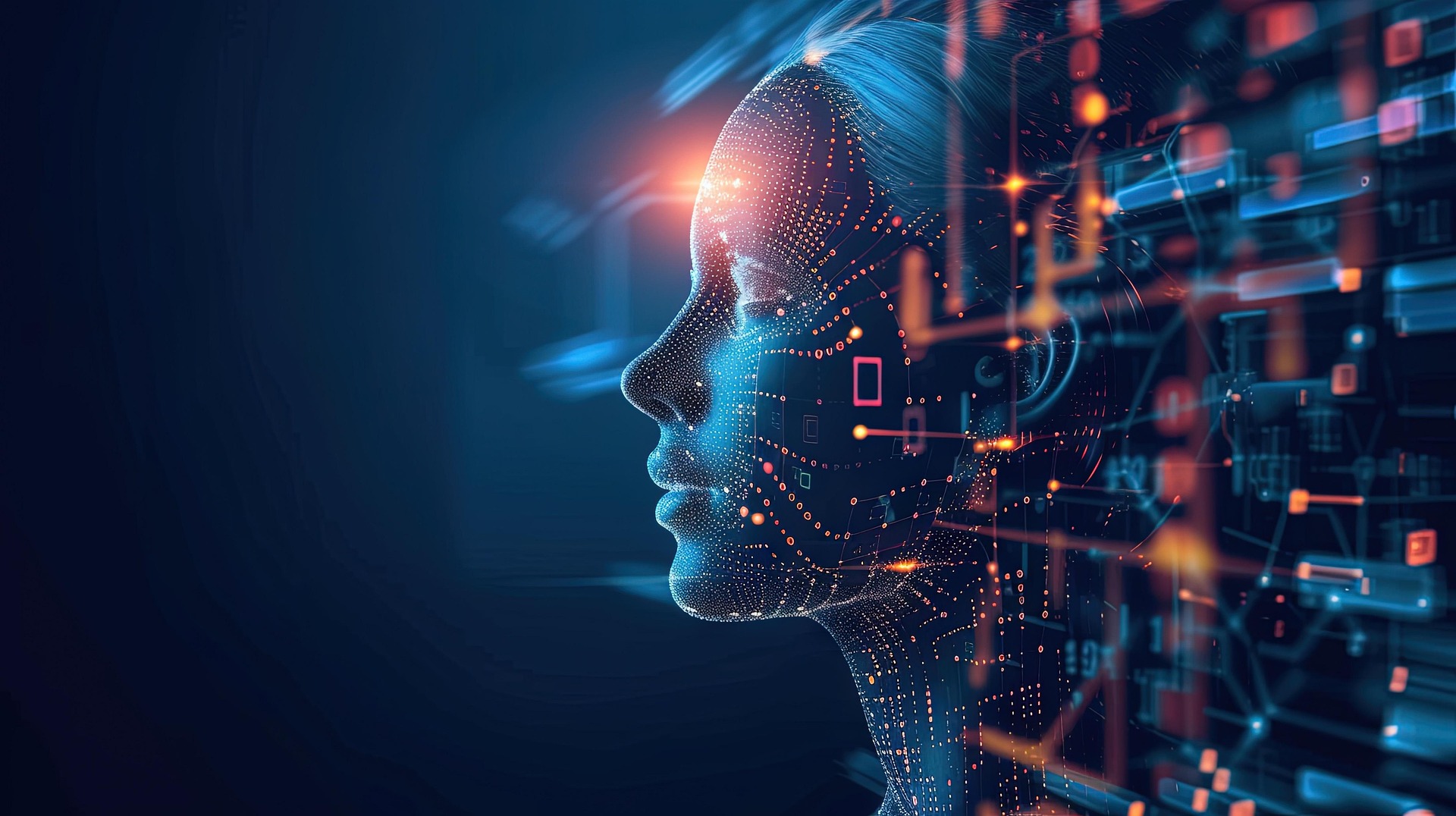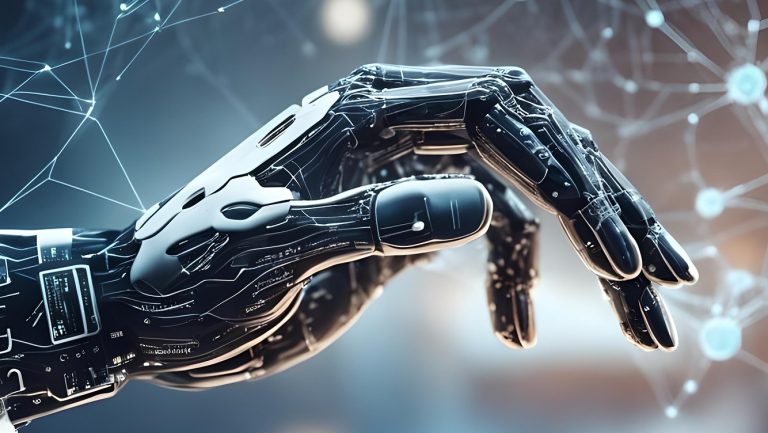Have you ever talked to Siri, typed something into ChatGPT, or translated a sentence using Google Translate? Then you’ve already used Natural Language Processing, or NLP — one of the most fascinating and human-facing fields in Artificial Intelligence.
NLP is the bridge between human language and computers. It helps machines understand, interpret, and even generate human language — whether spoken or written.
What Exactly Is NLP?
Natural Language Processing is a subfield of AI that focuses on enabling computers to process and understand natural languages like English, Turkish, Spanish, or Chinese.
But it’s not just about understanding words. NLP deals with:
- Syntax: the structure of a sentence
- Semantics: the meaning of words and phrases
- Context: how meaning changes depending on situation, tone, or even irony
Where Do We See NLP in Action?
- Voice Assistants (e.g., Alexa, Siri): Understand and respond to spoken commands.
- Chatbots: Answer customer service questions or guide you through a website.
- Machine Translation (e.g., Google Translate): Convert one language to another.
- Spam Detection: Analyze email content to separate spam from important messages.
- Text Prediction and Autocorrect: Suggest or fix words as you type.
- Sentiment Analysis: Gauge emotions in social media posts or reviews.
How Does NLP Work?
Modern NLP relies heavily on:
- Large Datasets of human language (books, websites, conversations)
- Machine Learning Models that learn from patterns
- Deep Learning, especially Transformers, which power advanced tools like ChatGPT or BERT
These models break down language into tokens, vectors, and hidden layers — allowing machines to detect meaning, grammar, emotion, and even sarcasm!
Challenges of NLP
Language is messy, ambiguous, and constantly changing. That makes NLP one of the hardest problems in AI. Some key challenges include:
- Understanding multiple meanings (e.g., “bank” as a river or financial institution)
- Handling slang, irony, or cultural expressions
- Addressing biases that exist in training data
Why NLP Matters
NLP helps build a world where humans and machines communicate more smoothly — across languages, cultures, and platforms. It’s used in healthcare, education, journalism, law, and nearly every industry.
Final Thought
As NLP gets more advanced, it doesn’t just interpret our words — it learns to speak our language. But here’s a question worth pondering:
If machines can understand us so well, what does that mean for the future of human communication?



